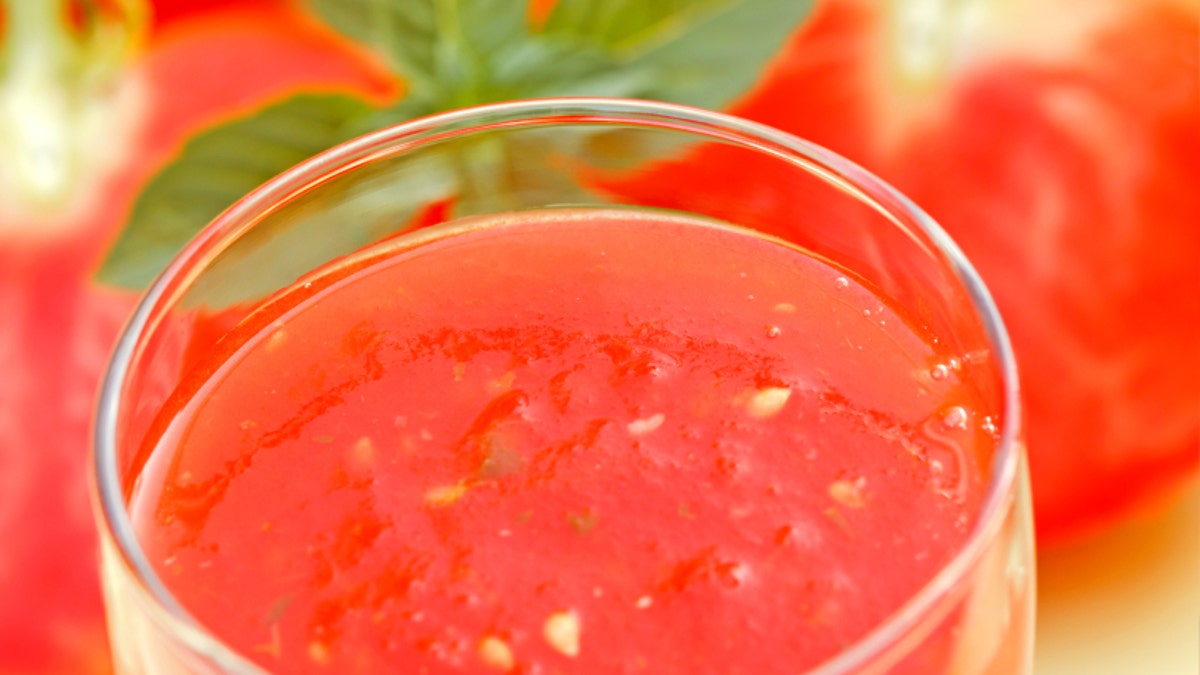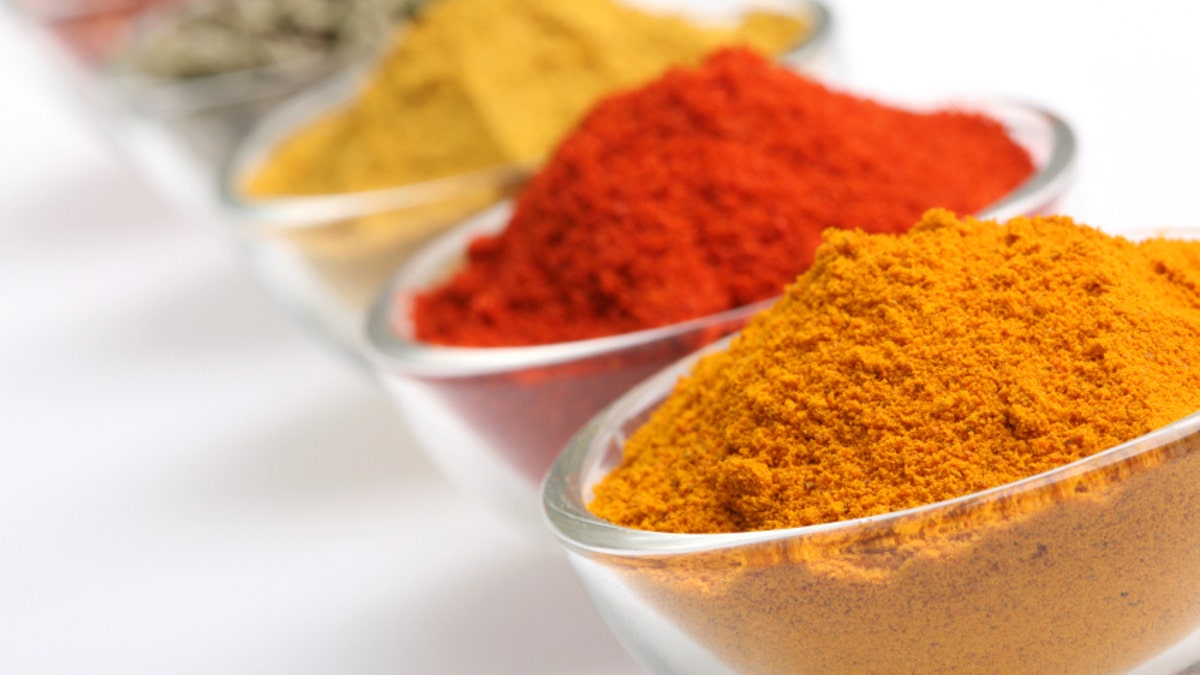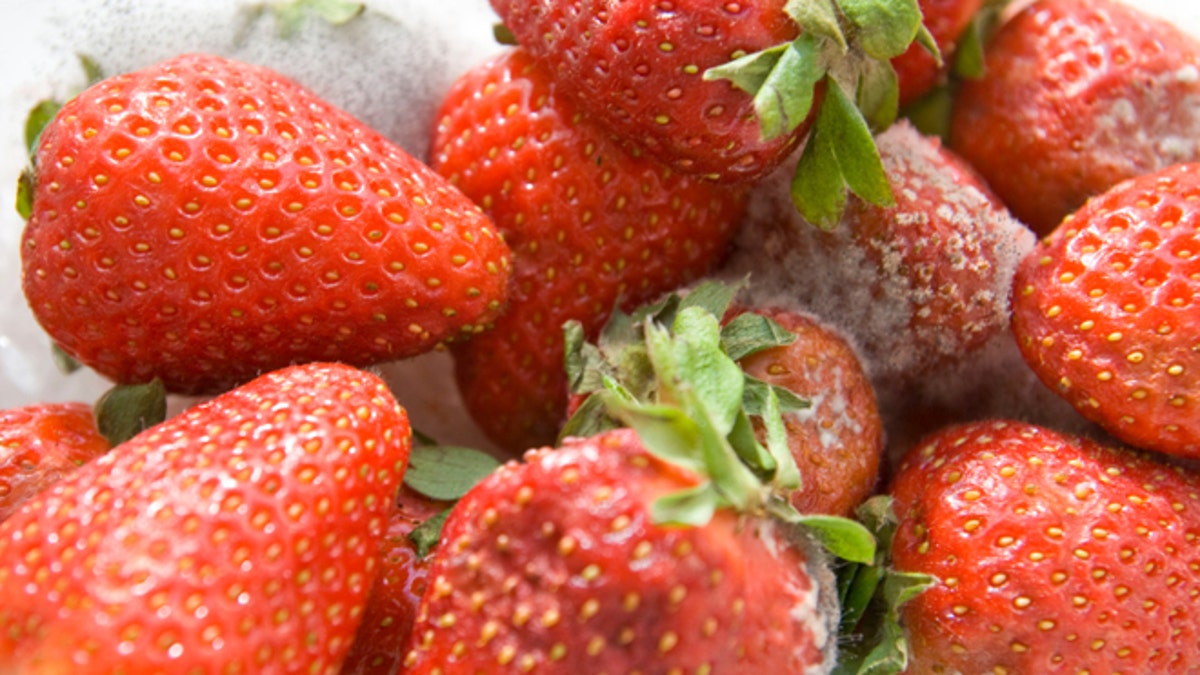Many eaters likely want to avoid insect parts, rodent feces or fly eggs in their meal. But according the Food and Drug Administration, that’s just not possible.
The agency's “Defect Level Handbook” provides guidelines for food processors on the levels of “natural or unavoidable defects in foods that present no health hazard for humans.” If you’re thinking of defect as something like a brown spot on a piece of fruit, or a slightly misshapen potato-- think again.
The handbook lays out the maximum level of allowable contaminants for over 100 food items—from allspice to wheat flour—before the item is considered contaminated and should not be consumed. These little critters could be introduced to the food before, during or after the food was harvested, or even during its processing and packaging.
For example, in whole ginger, the FDA allows up to three milligrams or more of mammalian excreta (i.e. mouse poop) per pound. In peanut butter, the agency allows an average of fewer than 30 insect fragments per 100 grams—about a quarter of your average jar. And you thought you were buying smooth, not extra chunky.
So why are these items allowed?
The handbook states that it would be “economically impractical to grow, harvest or process raw products that are totally free of nonhazardous, naturally occurring, unavoidable defects."
But the reality is that although these numbers may worry consumers, most food on the shelves contains levels that are considerably lower than what is allowed because companies have their own safety inspection units, according to food safety specialist Benjamin Chapman.
"Food defects are not things that cause people to get sick," Chapman told LiveScience. Chemicals like pesticides, metals or disease-causing organisms, such as Salmonella or E. coli are the real contaminants.
Check out a few more unusual items you’re probably snacking on these seemingly harmless everyday foods.
1. Maggots or fly eggs in tomato juice.

(iStock)
Tomato juice may taste better at 30,000 feet but you may think twice before cracking that can. The FDA allows for up to 10 Drosophila (fruit) fly eggs, or one maggot per 100 grams.
2. Insects crawling in Brussel sprouts.

(iStock)
The agency allows for an average of up to 30 aphids (also known plant lice) and or thrips (tiny winged pests) per 100 grams.
3. Spice up your spices with rodent hair.

Curry Powder and some other spices in glass bowls on white background, shallow depth of field (iStock)
For every 50 grams cinnamon and 25 grams of ground paprika, the FDA allows up 10 rodent hairs. And in cinnamon, up to 400 insect fragments are allowed per 50 gram sample.
4. Mold can be almost anywhere.

(iStock)
Low levels of mold are allowed in most fruits and vegetables--canned and fresh-- as well as butters and jams. In cranberry sauce, the average mold count can be up to 14 percent per sample. But for blackcurrant jam, mold count can be up to 74 percent per sample.
5. Cigarette butts or sticks?

yogurt with stubs (iStock)
Yes, the FDA does explicitly detail an allowable percentage of cigarette butts in food. One would hope that could be avoidable. But it does allow for the inclusion of "Foreign Matter" in select foods which, according to their definition can be "objectionable matter such as sticks, stones, burlap bagging, cigarette butts, etc. Also includes the valueless parts of the raw plant material, such as stems." Spices like pepper and mace are also allowed to have trace elements of these things.
6. Mouse poop is pretty common.

(iStock)
The FDA uses a highly scientific term-- "Mammalian excreta"-- to describe any type of rodent fecal matter. Whatever you call, it's prevalent in modern food.
It can be found in spices like oregano, sage, thyme and fennel seeds. And trace amounts, up to 9 mg per pound, can be found in cocoa beans.
